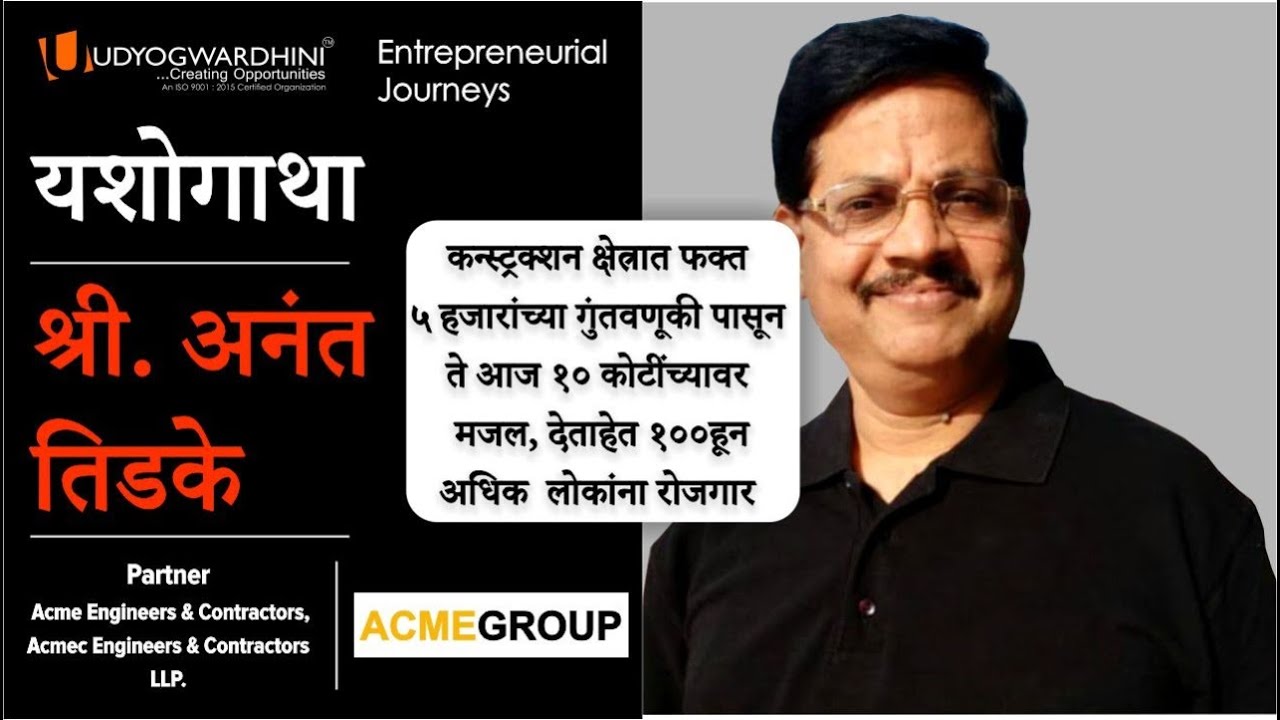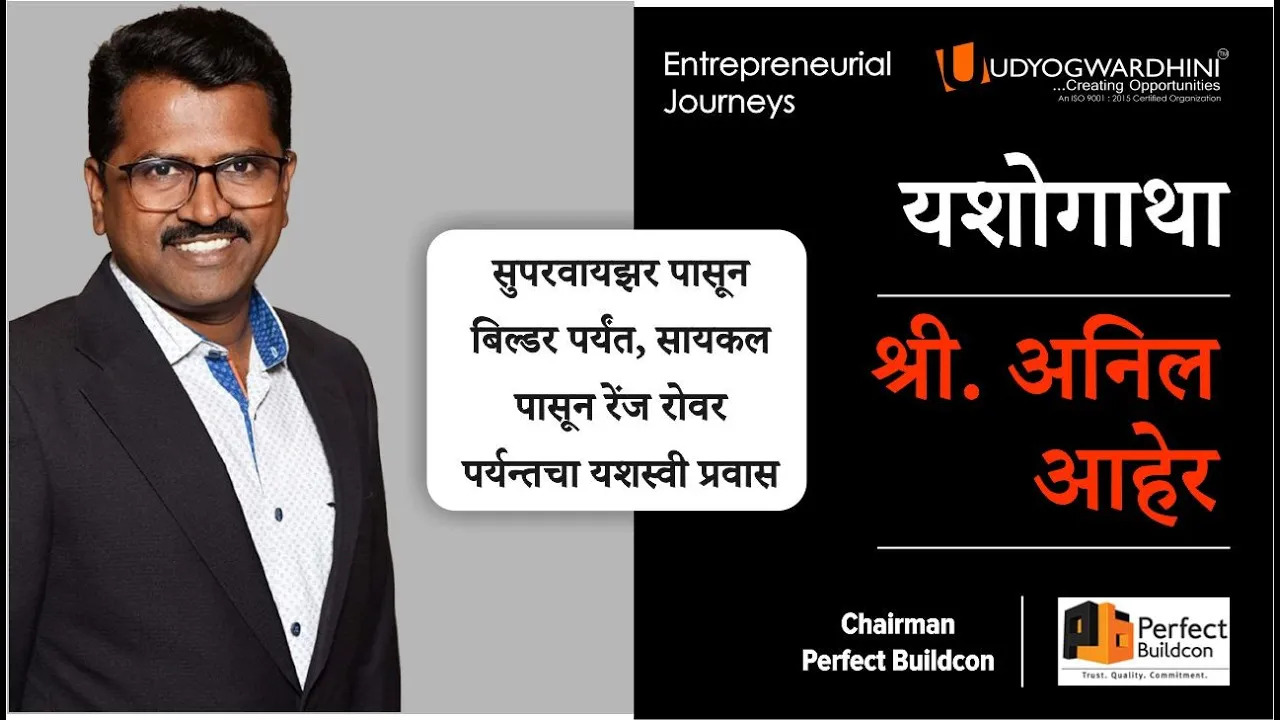A) The construction sector forms the foundation of a country and supports the entire nation's economy. It contributes significantly to the GDP of the nation as well as the world since it is closely connected to other sectors such as energy, shipping, logistics, steel, plastic, glass, and many others. With the onset of globalization and commercialization, the construction industry has been overwhelmed with various opportunities through policy funding and foreign investments. The soaring population has also called for the construction of housing societies, and the need for establishing connections has led to the building of bridges, and railways. For the period of 2010-2015, the growth rate registered for the construction sector in India was 2.95%, which improved to 5.66% in the period of 2015-2020. With this trend, India is expected to become the third-largest construction industry in the world in the next few years. The potent interest of the foreign industries and the high inflow of investments have been witnessed in the past couple of years, and the trend is predicted to continue in the future. The high-scale funding by the government in building the infrastructure of both rural and urban areas will open up several new avenues that can be exploited with proficient skills. Most companies use Requests for Tender (RTF) to solicit bids from all eligible suppliers or firms in a given sector for large-scale projects, procurement or contracts: The tendering process helps to encourage a competitive market. This is because a variety of potential contractors, businesses or suppliers have the ability to bid on each project. This whole process facilitates healthy market competition and avoids complacency and laziness, which in turn gives a boost to creativity and innovative ideas.














